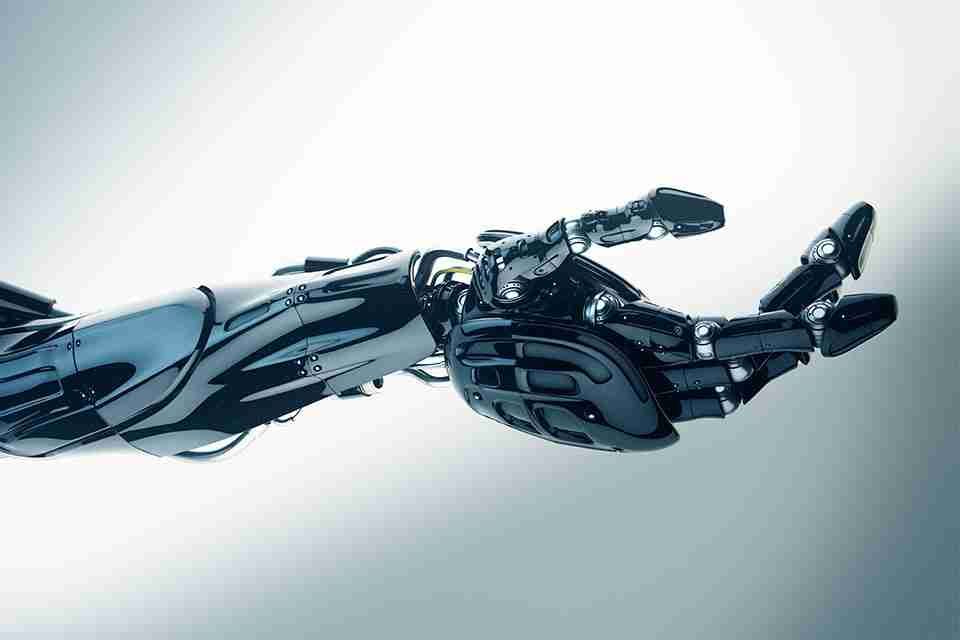Prosthetics and assistive devices have come a long way in recent years, thanks to rapid advancements in technology. These advancements have enabled people with disabilities to lead more fulfilling and independent lives. From improved functionality to enhanced comfort, the developments in prosthetics and assistive devices have truly revolutionized the field. In this article, we will explore some of the latest advancements in prosthetics and assistive devices that have had a significant impact on the lives of individuals with disabilities.
1. Bionic Limbs: A New Era of Prosthetics
Bionic limbs have emerged as a game-changer in the field of prosthetics. These advanced artificial limbs are designed to closely mimic the appearance and function of natural limbs. The integration of technologies such as sensors, motors, and microprocessors allows users to control these limbs with their brains or residual limb muscles. The result is seamless movement and enhanced dexterity, enabling individuals to perform tasks that were once unimaginable. With the advent of bionic limbs, amputees can now engage in activities like running, cycling, and even swimming. These devices have dramatically improved the overall quality of life for people with limb loss, providing them with a sense of normalcy and the ability to participate in various physical activities.
2. Robotic Exoskeletons: Augmenting Human Mobility
Robotic exoskeletons have gained significant attention in recent years for their ability to enhance human mobility. These wearable devices are designed to support and augment the user’s strength and dexterity, making movements easier and less strenuous. Exoskeletons are particularly helpful for individuals with spinal cord injuries, enabling them to walk again. These devices provide the necessary support and stability, allowing users to regain their independence. They have also proven to be beneficial for those who require physical rehabilitation, as the exoskeletons aid in the relearning of walking patterns and strengthening of muscles.
3. Brain-Computer Interfaces: The Power of Mind Control
Brain-computer interfaces (BCIs) have revolutionized the field of assistive devices by allowing individuals to control technology using their thoughts. In the context of prosthetics, BCIs enable users to control their artificial limbs with their minds. Through the use of implanted electrodes or non-invasive techniques like EEG, BCIs can interpret the brain’s electrical signals and convert them into commands that control the prosthetic. This breakthrough technology provides users with a seamless and intuitive way to control their artificial limbs, allowing for smoother and more natural movements.
4. Sensory Feedback: Restoring the Sense of Touch
One of the most remarkable advancements in prosthetics and assistive devices is the incorporation of sensory feedback. Traditionally, amputees lacked the ability to feel touch or receive sensory information from their artificial limbs. However, recent developments have changed the game by introducing sensory feedback systems. These systems utilize various technologies, such as pressure sensors and nerve stimulation, to stimulate the nerves in the residual limb. This stimulation creates a sense of touch and provides users with valuable sensory information, improving their ability to interact with the environment and enhancing their overall experience with the prosthetic limb.
5. 3D Printing: Personalized Prosthetics
Another significant advancement in prosthetics is the use of 3D printing technology. 3D printing allows for the creation of personalized prosthetic devices that are tailored to fit the specific needs and preferences of the individual. With the help of advanced scanning techniques, prosthetists can accurately capture the shape and structure of the residual limb, ensuring a perfect fit. This customizability not only improves comfort but also enhances the functionality of the prosthetic, as it is designed to match the user’s unique biomechanics.
Conclusion
The advancements in prosthetics and assistive devices have had a profound impact on the lives of individuals with disabilities. From bionic limbs and robotic exoskeletons to brain-computer interfaces and sensory feedback systems, these technologies have transformed the way people with disabilities interact with the world. As technology continues to advance, it holds the promise of further enhancing the functionality and improving the quality of life for individuals requiring prosthetic and assistive devices.
